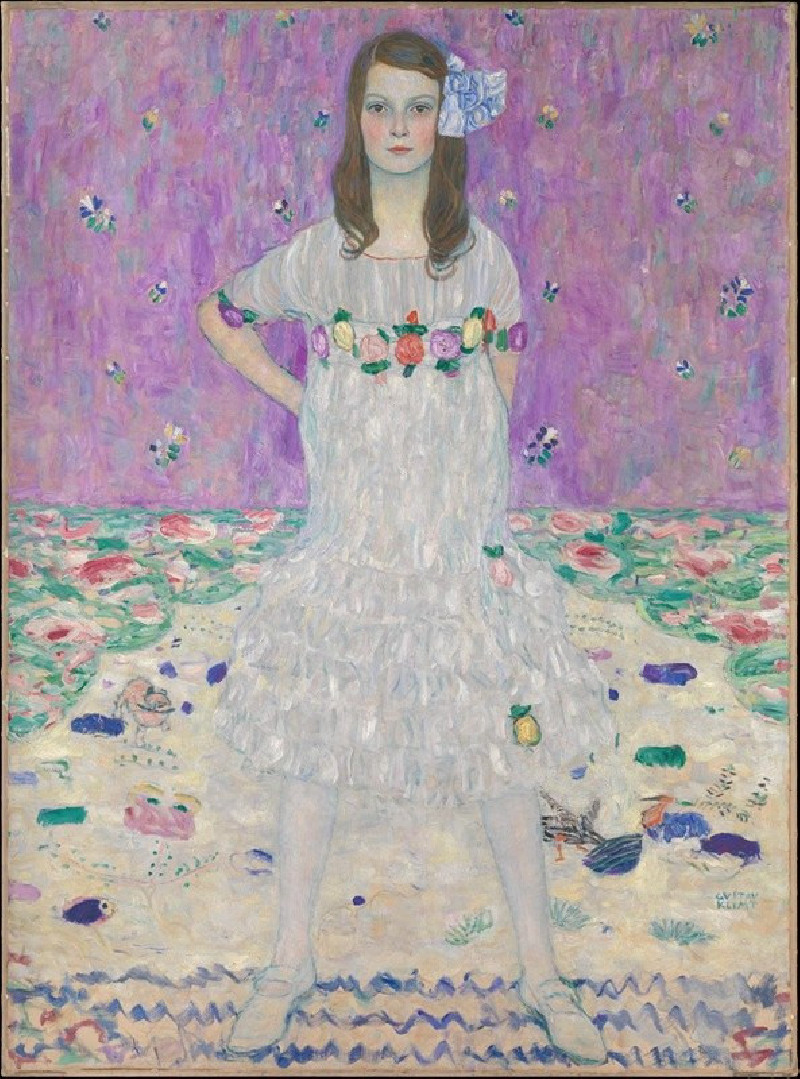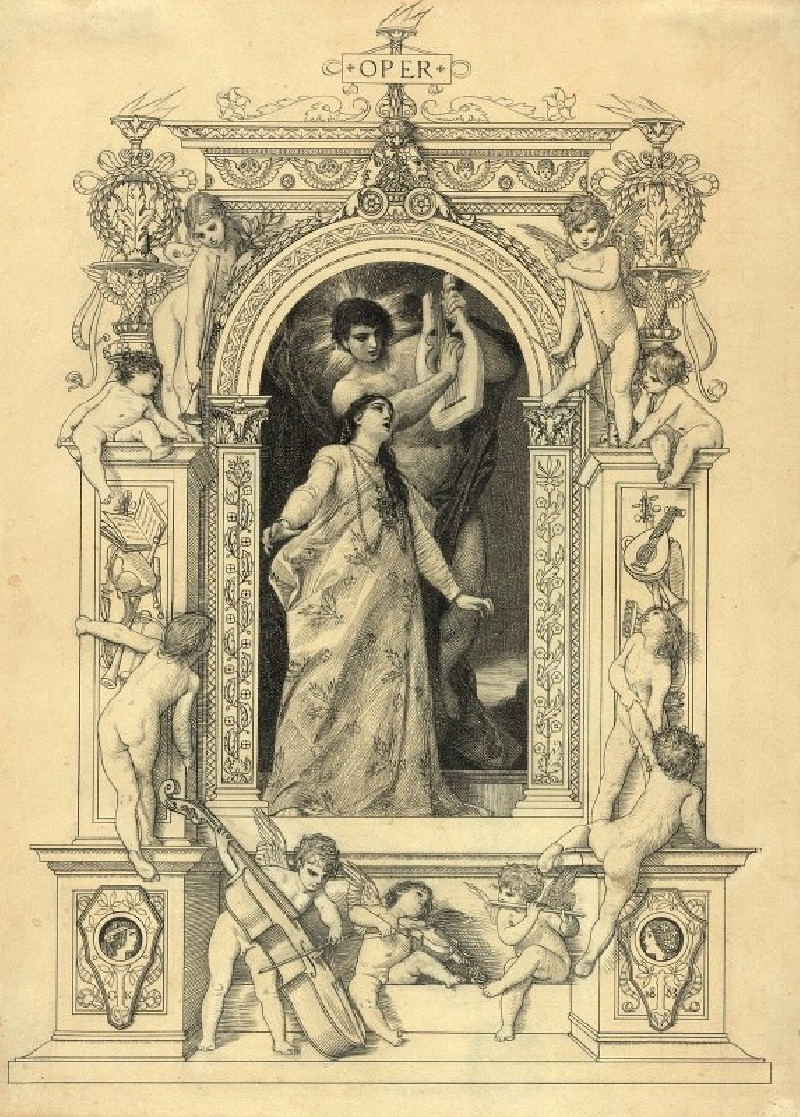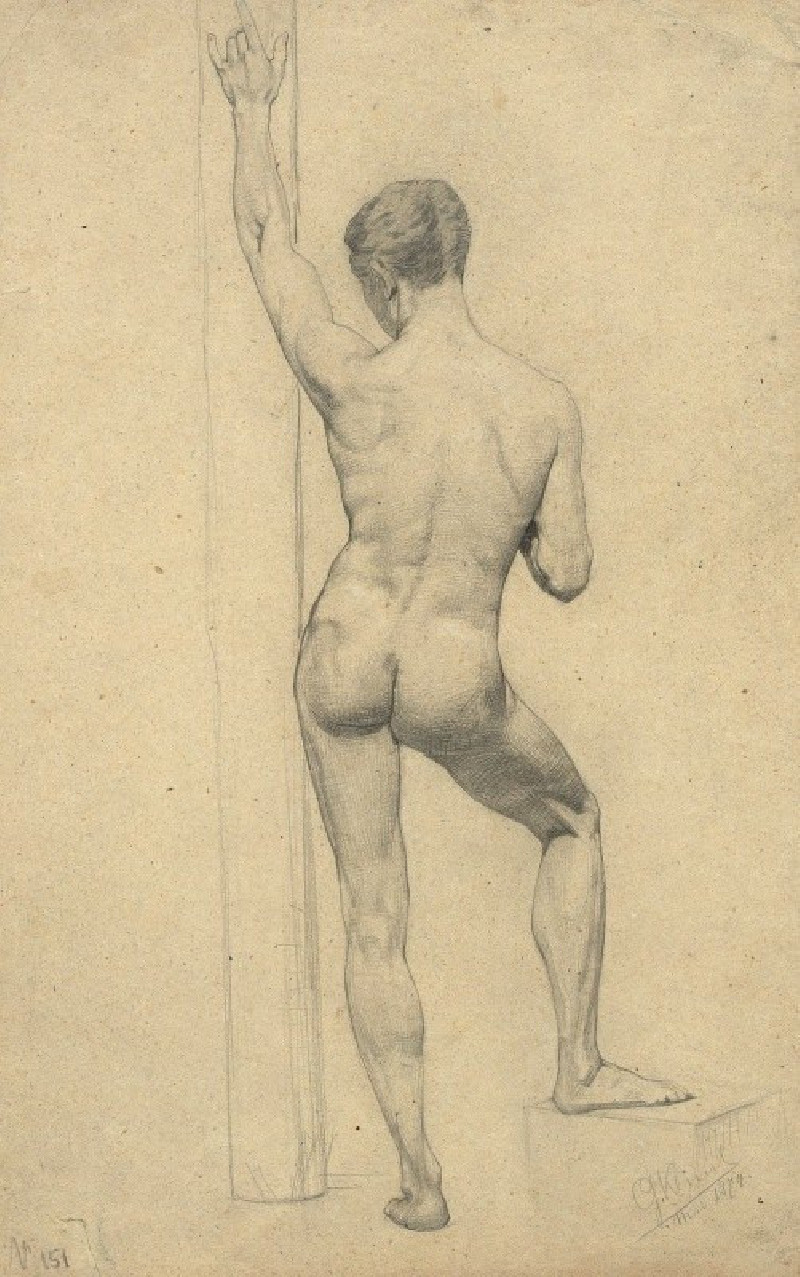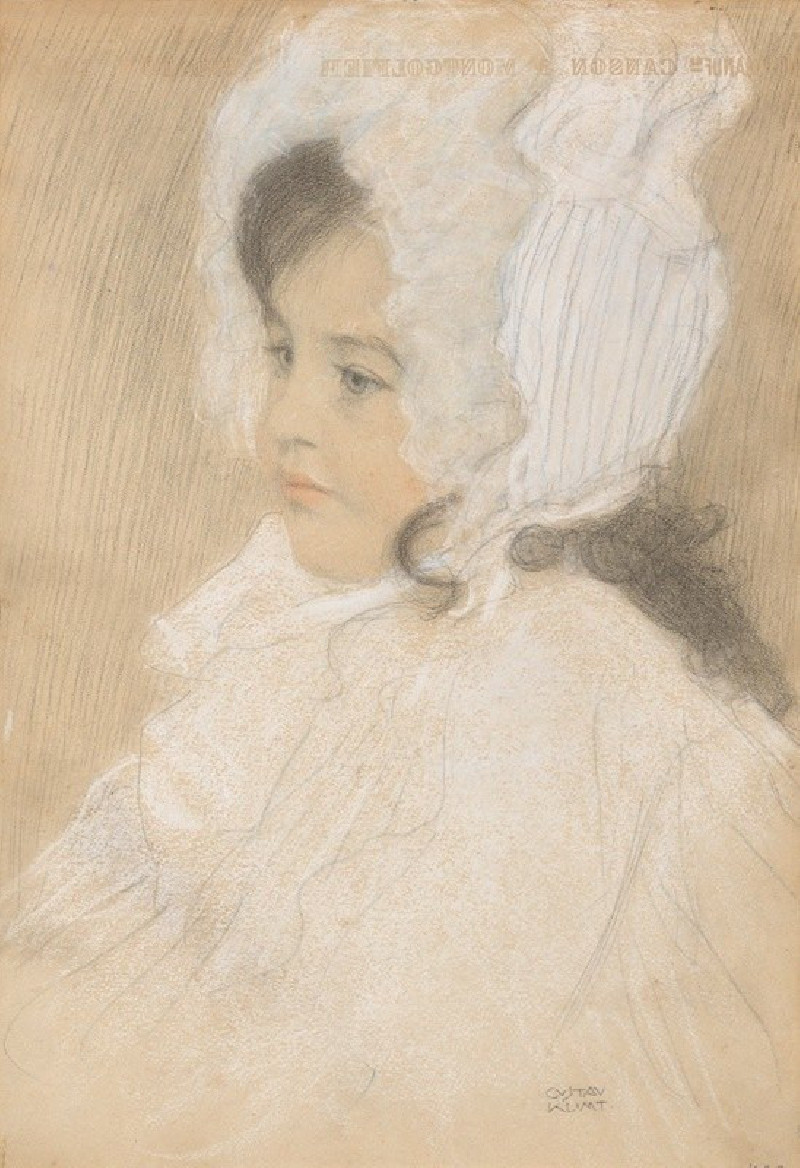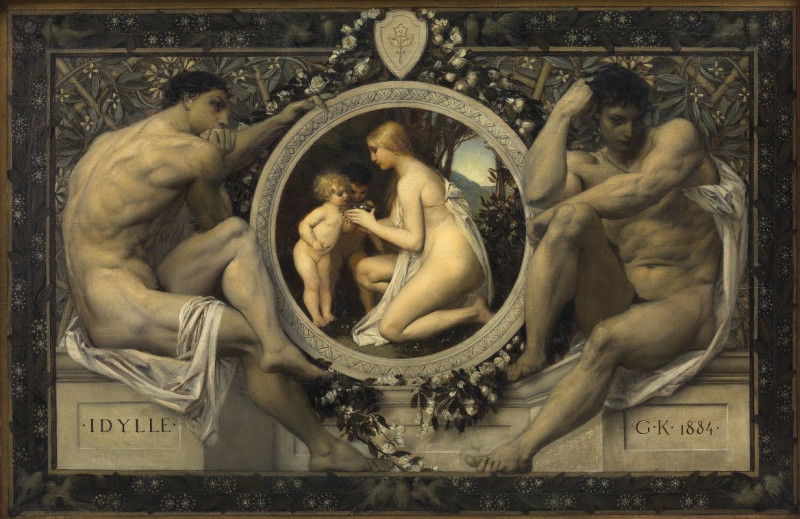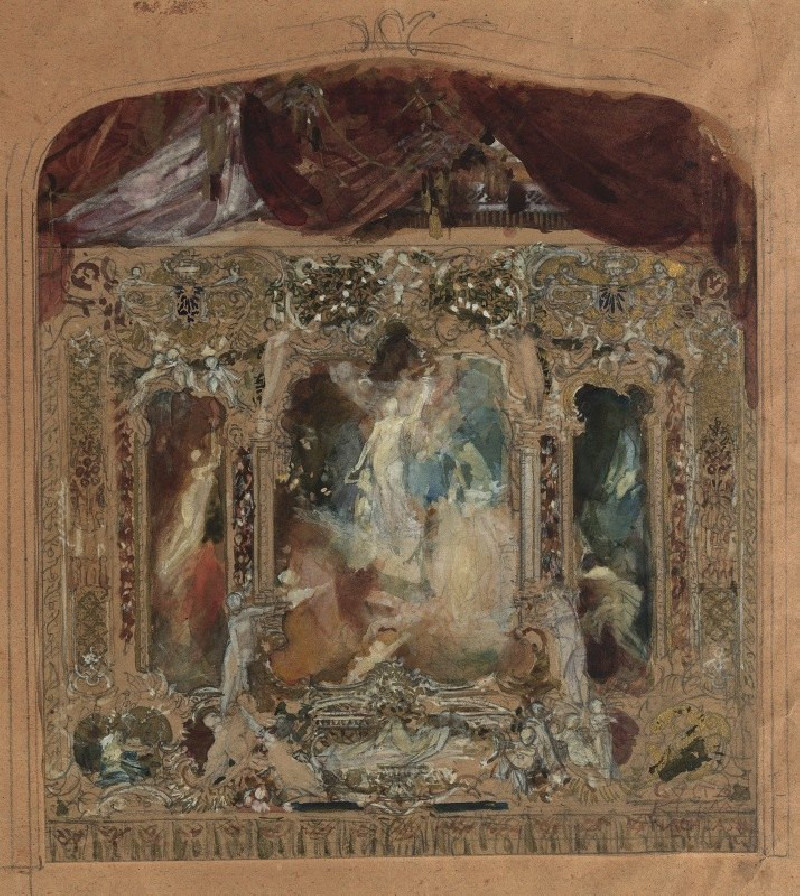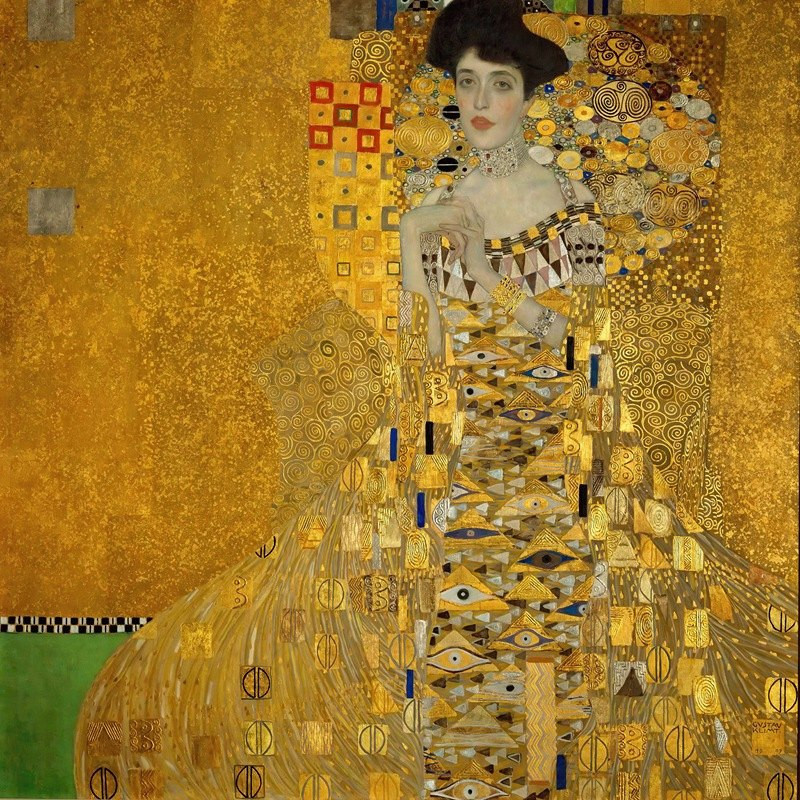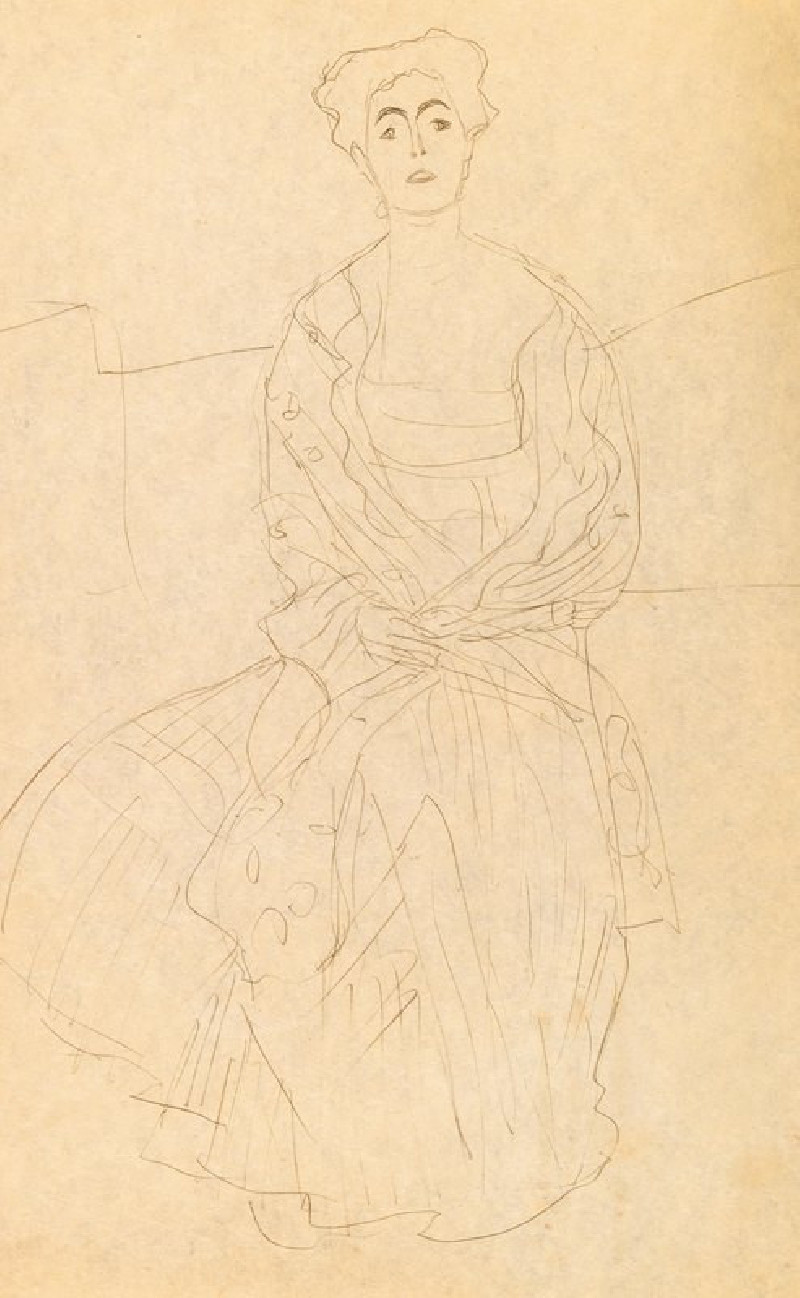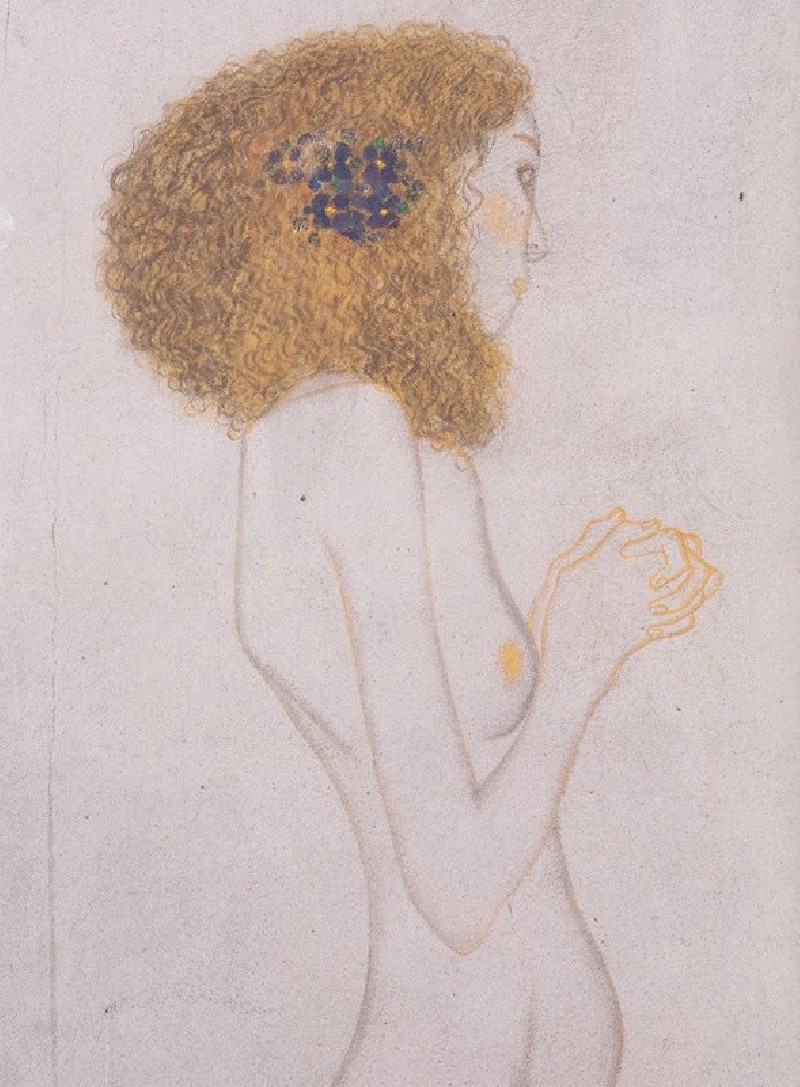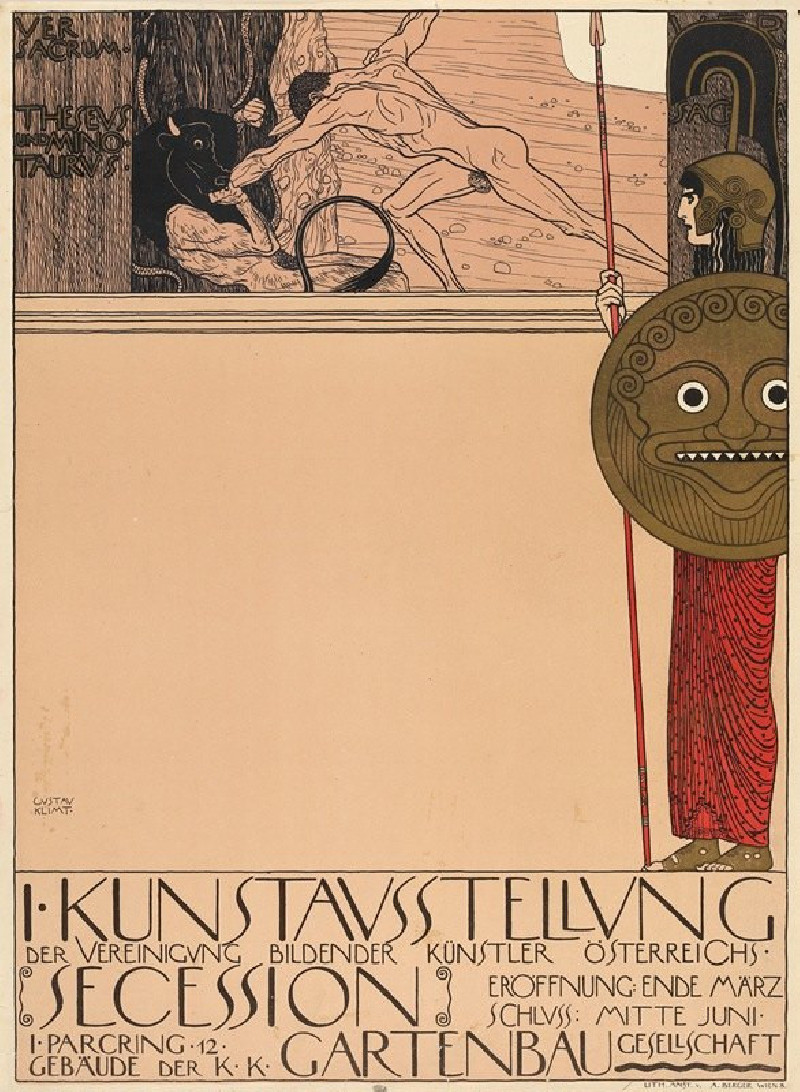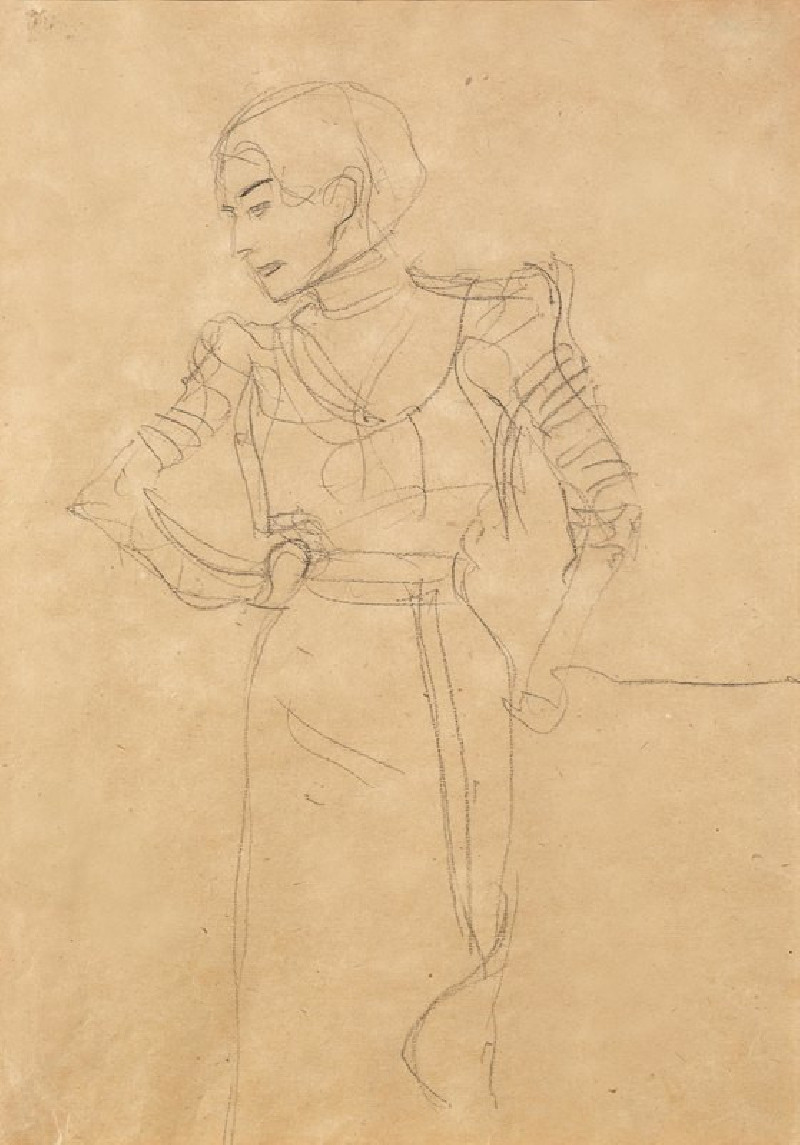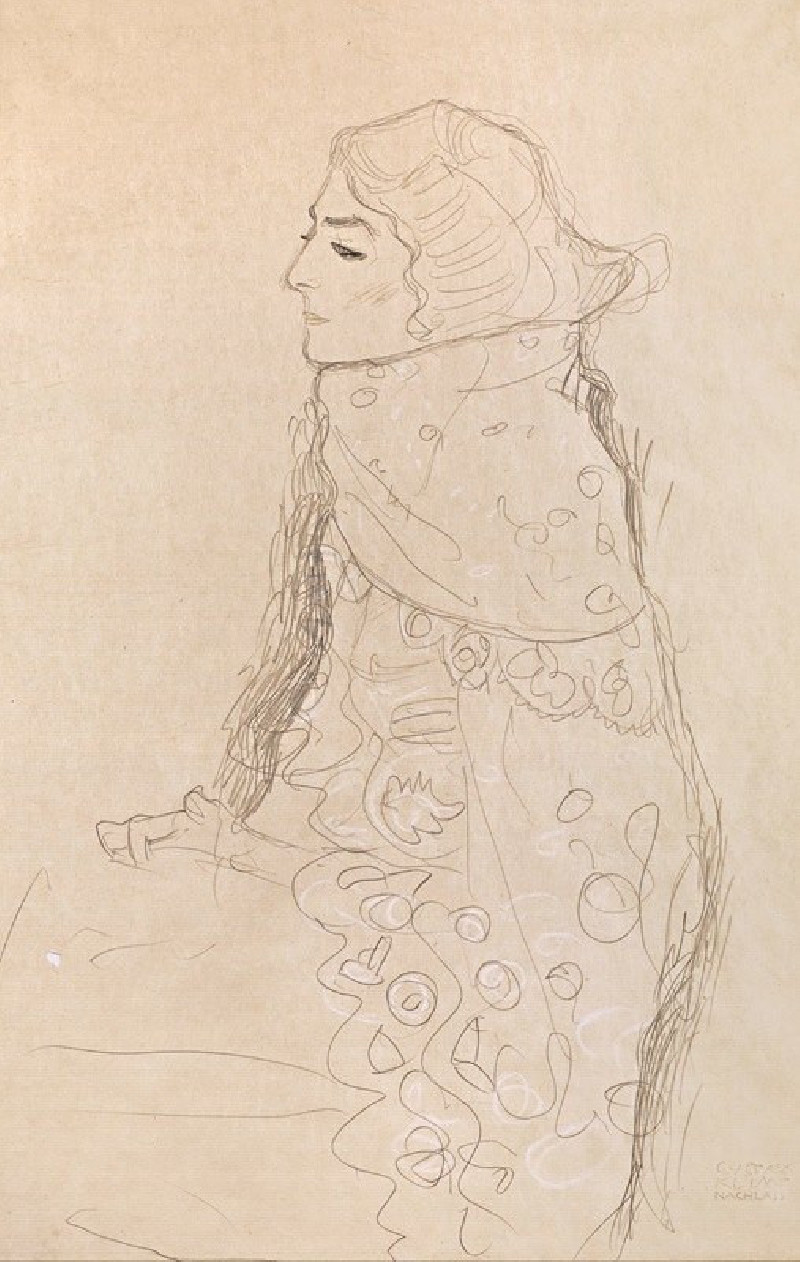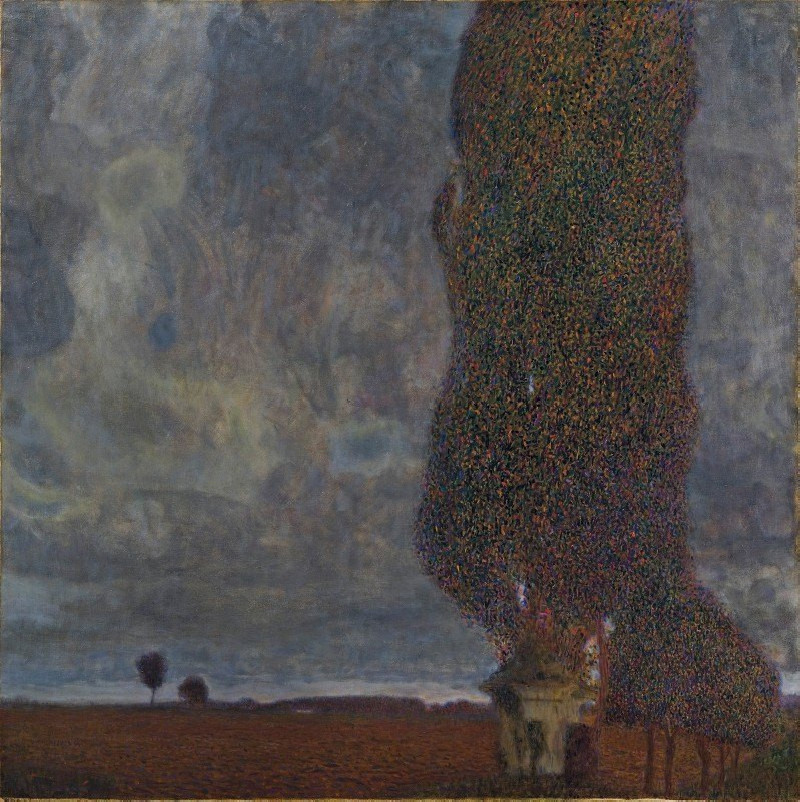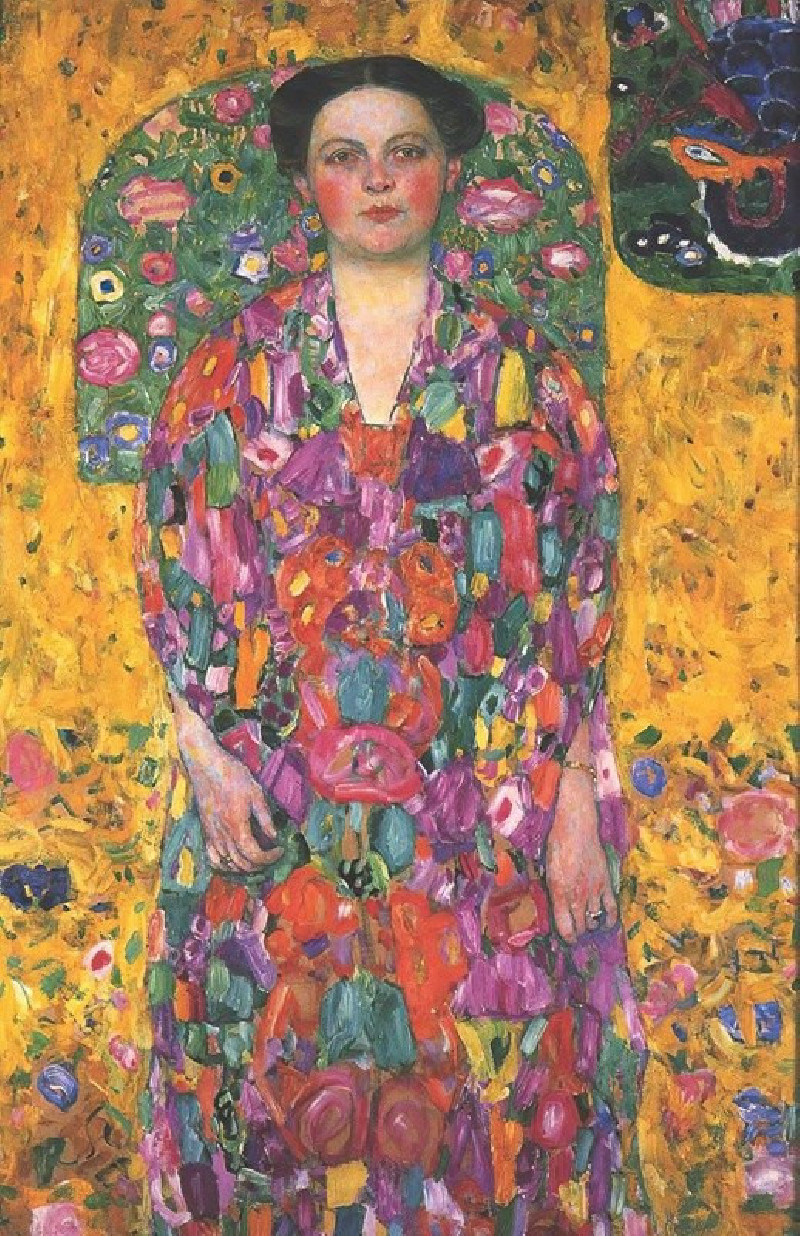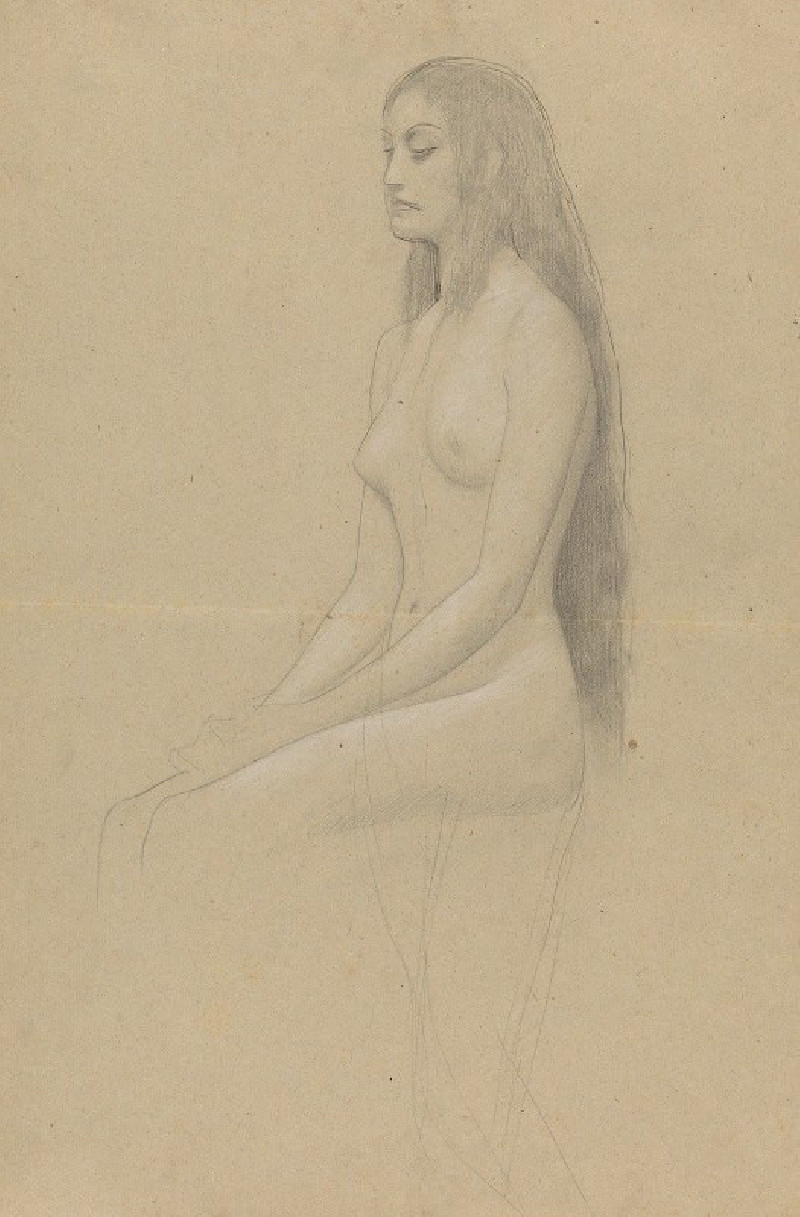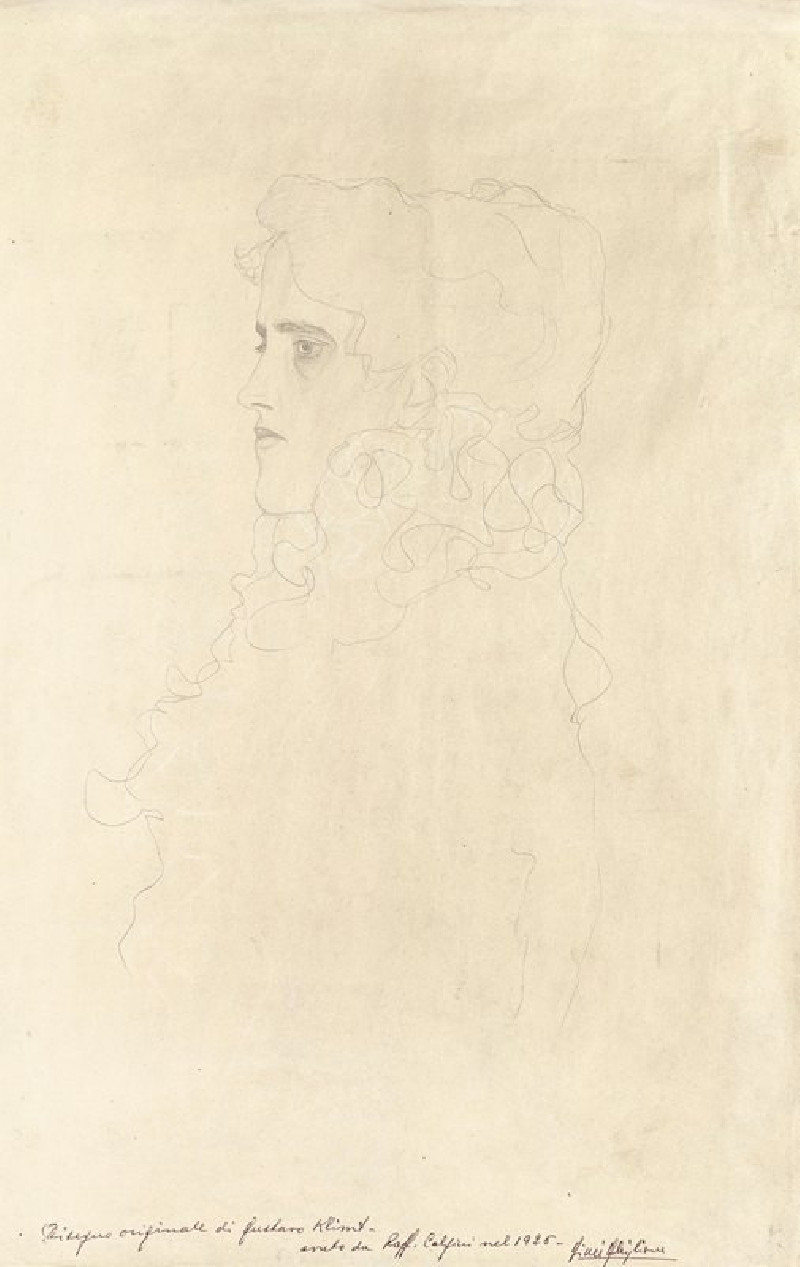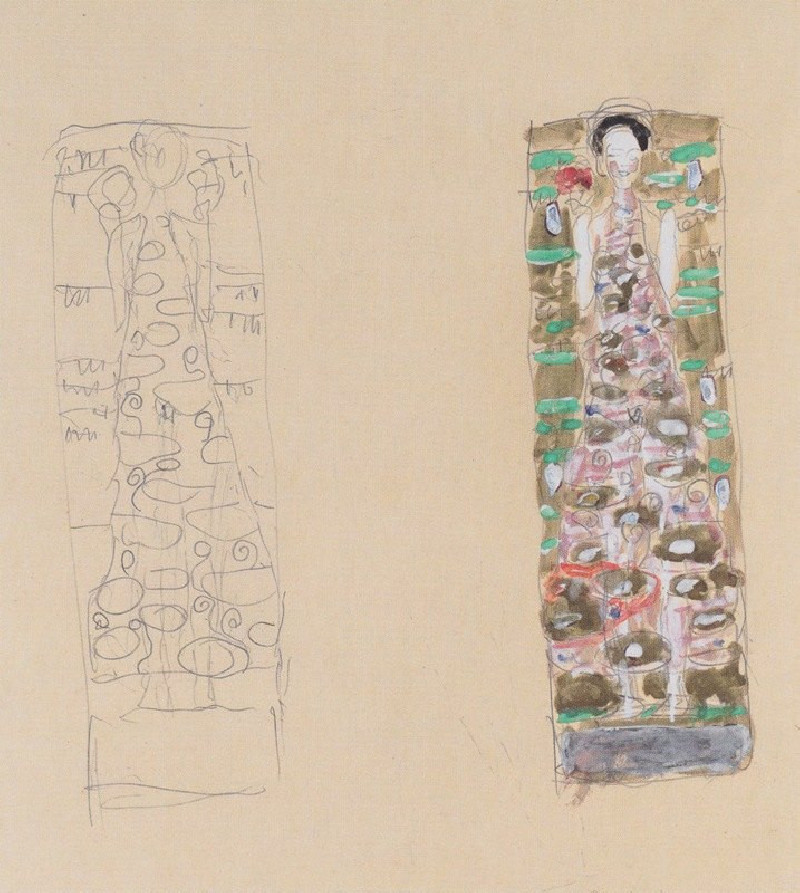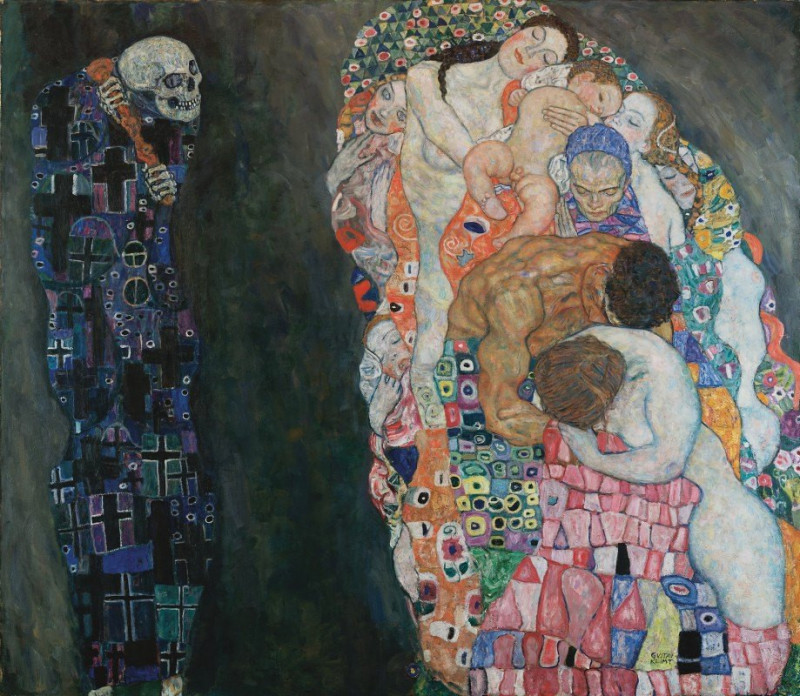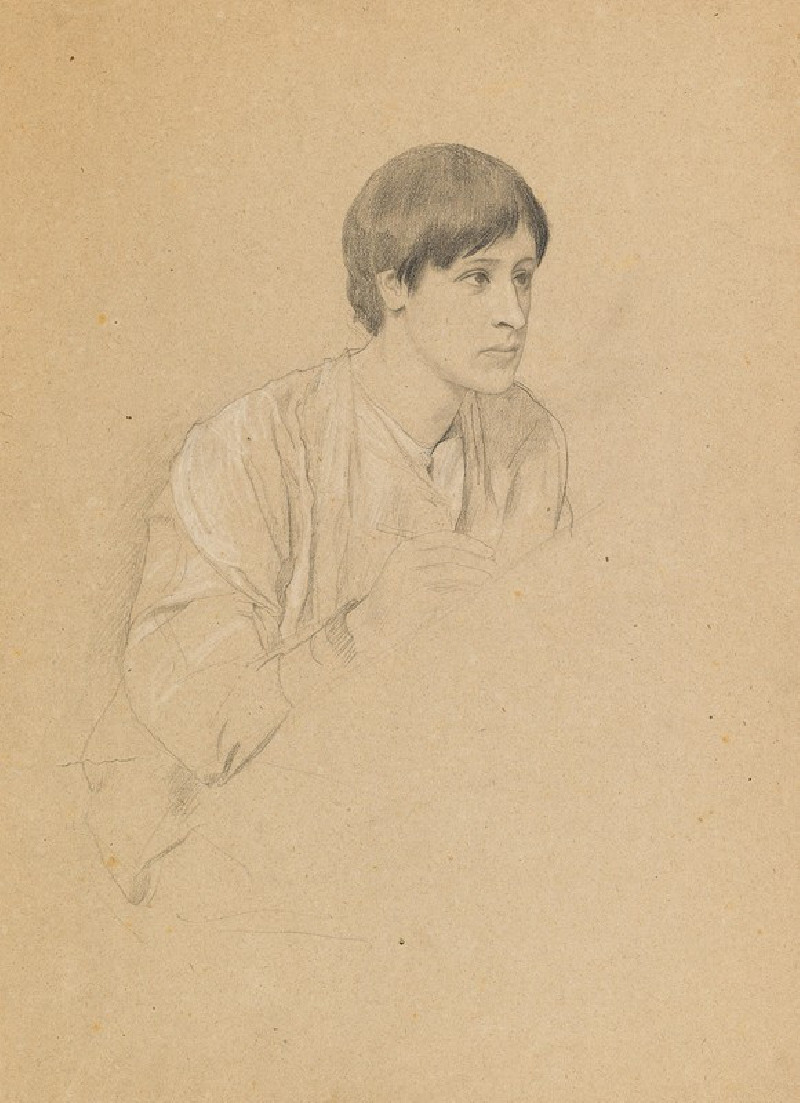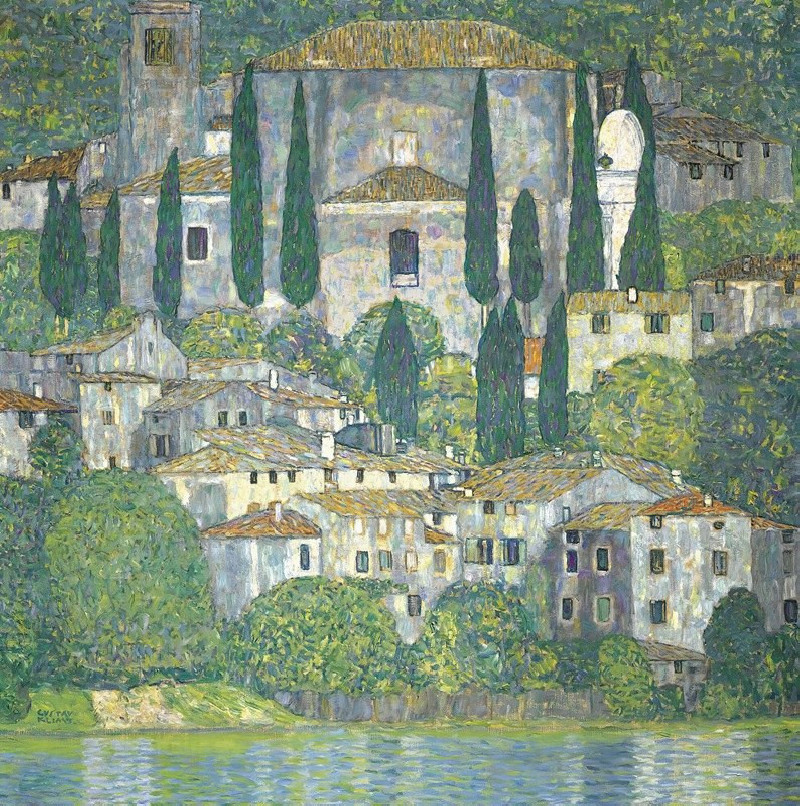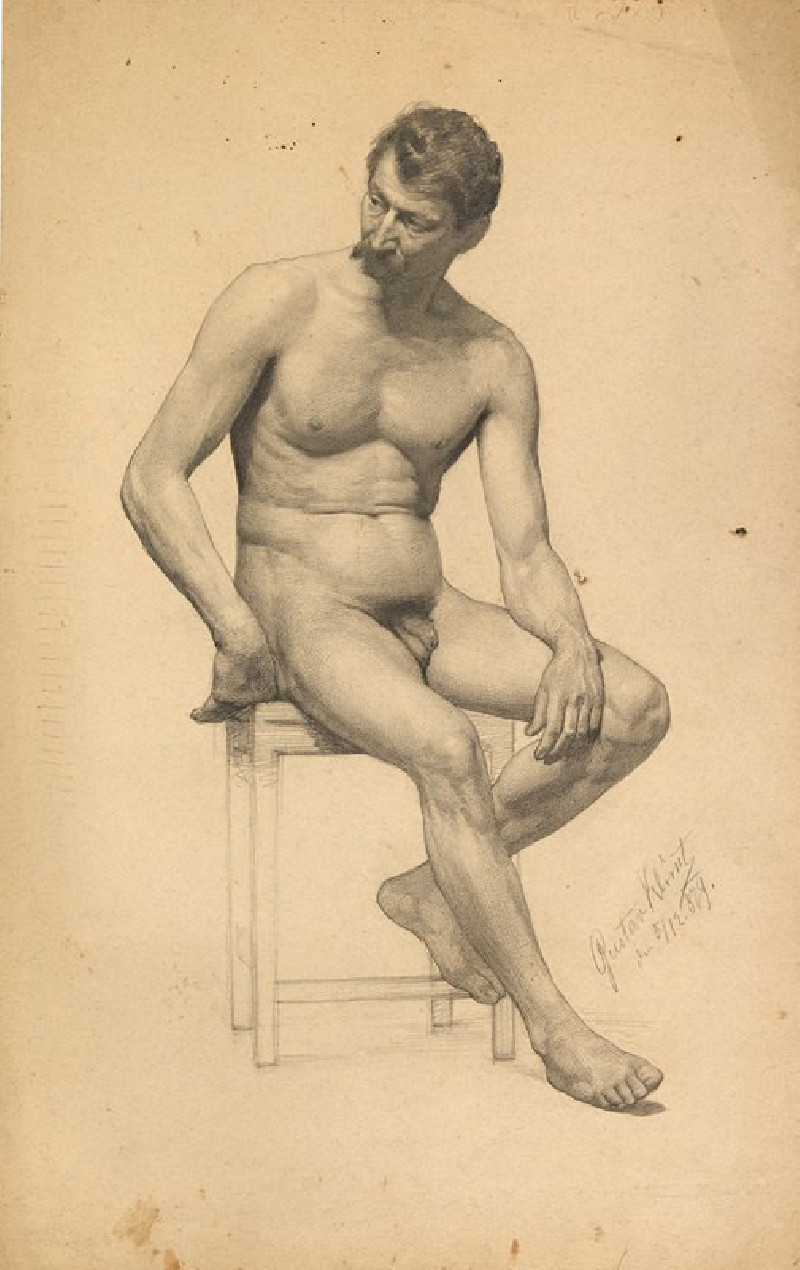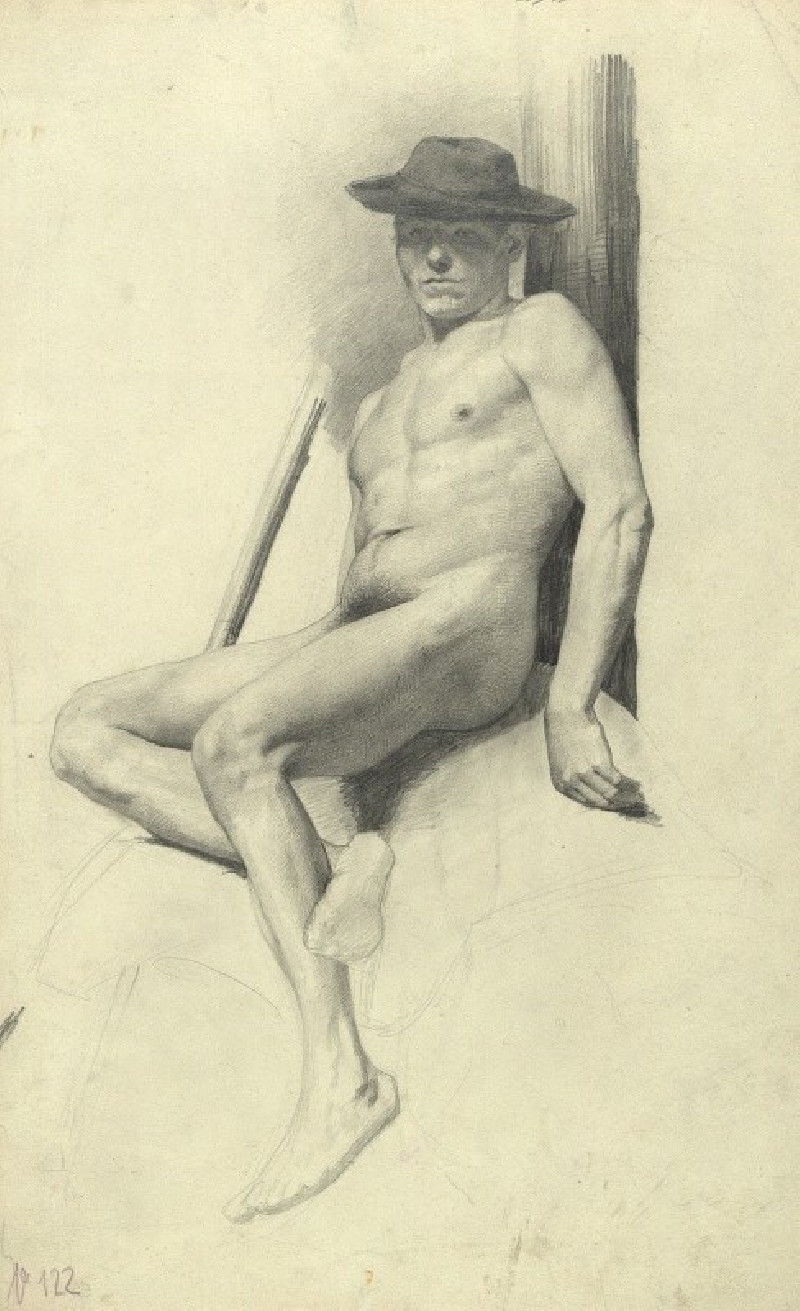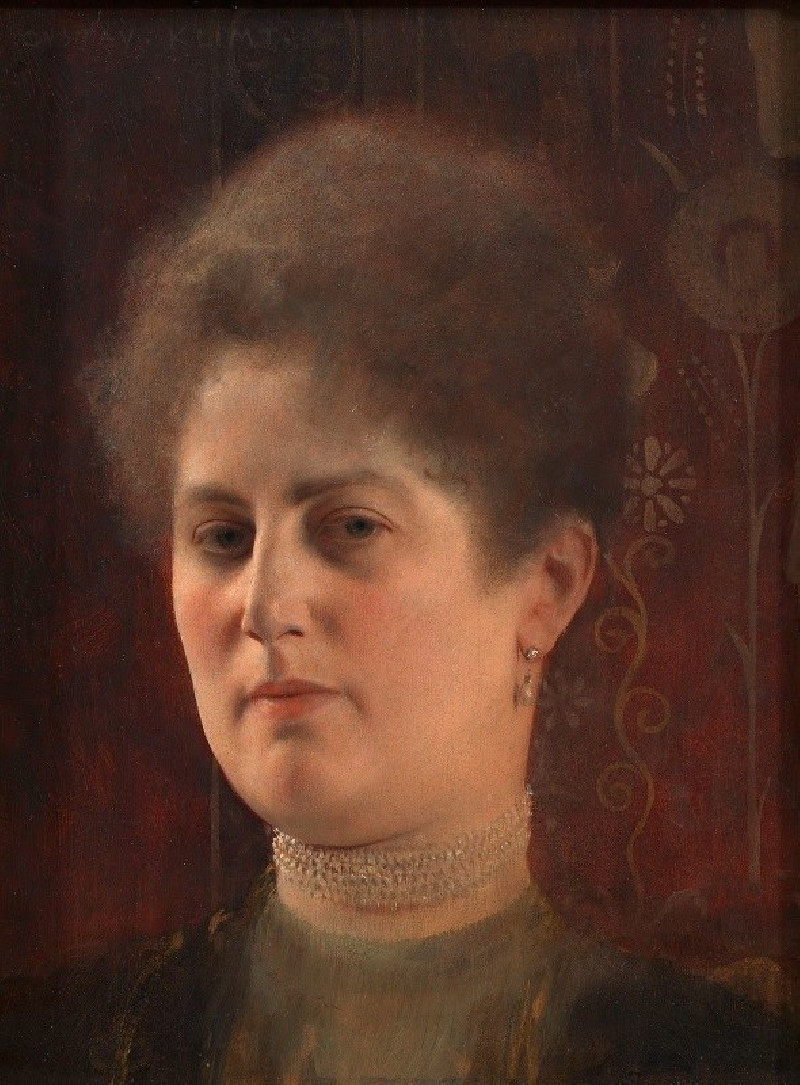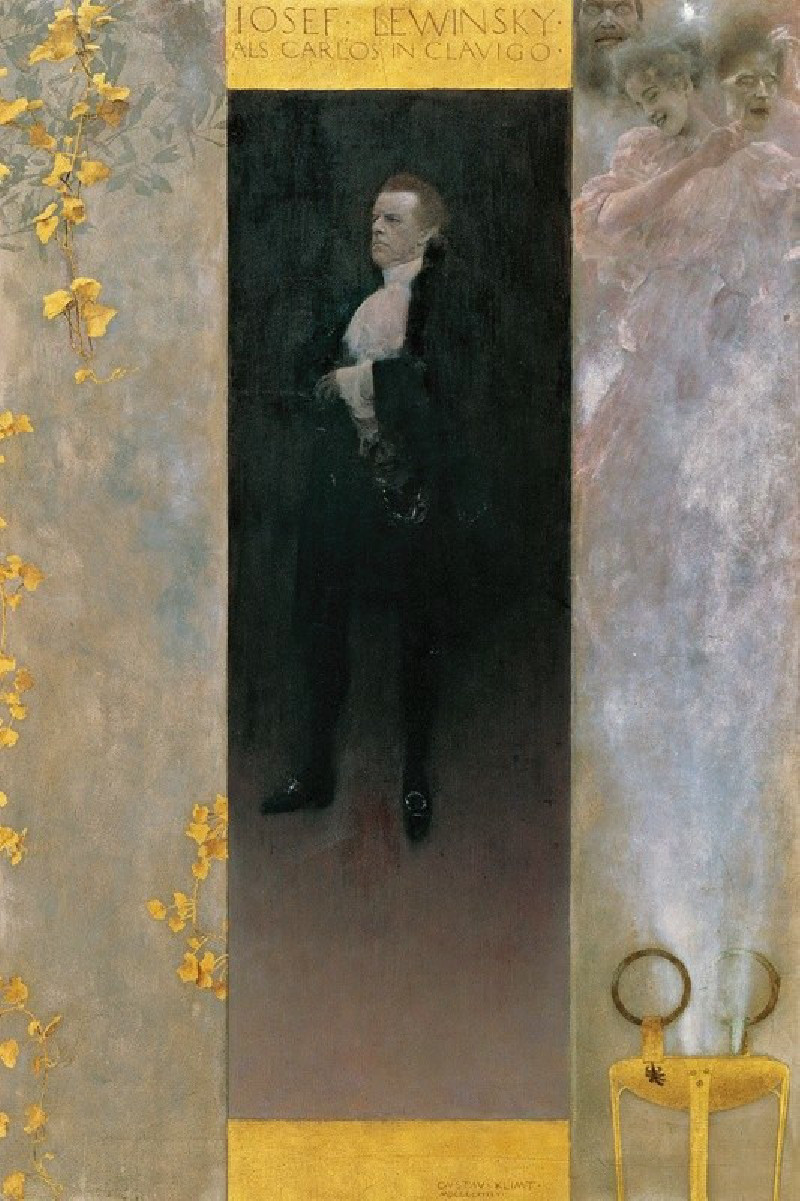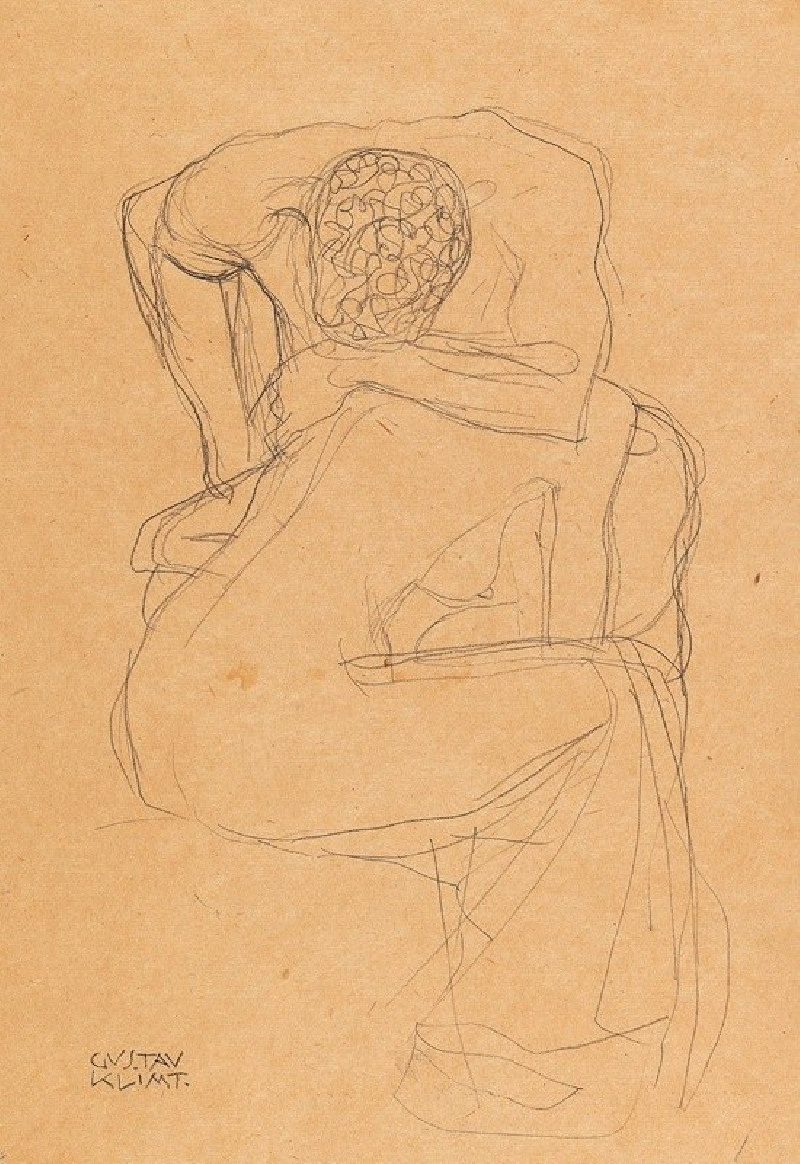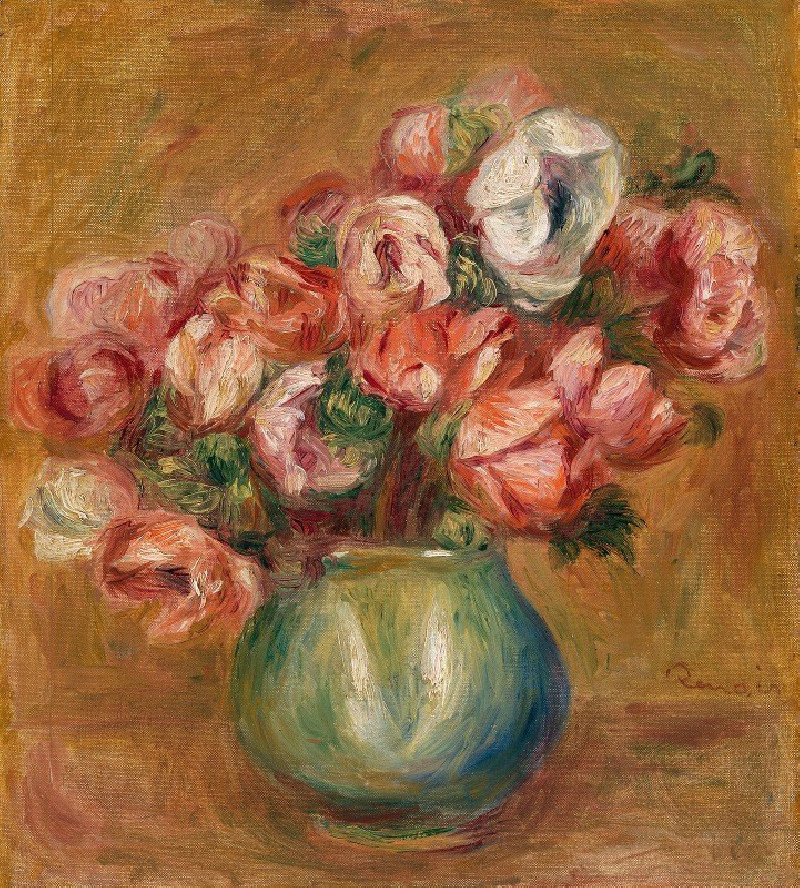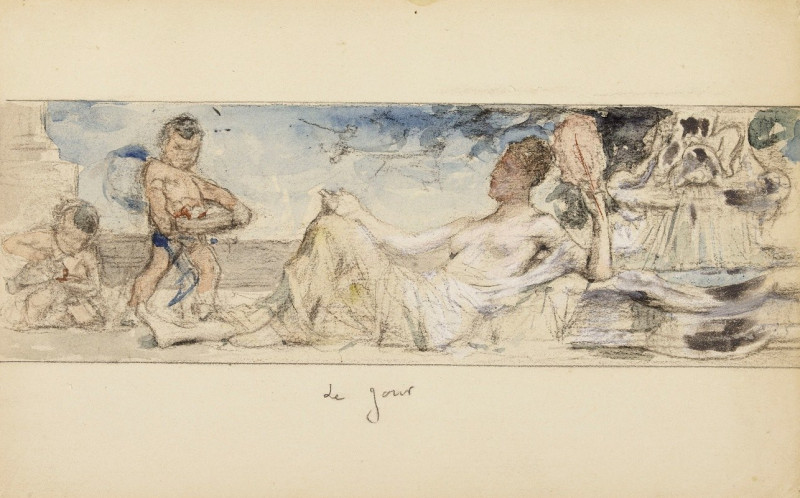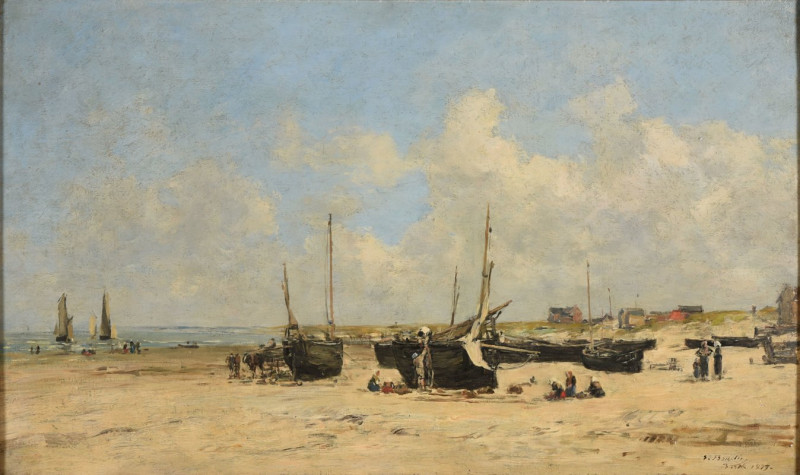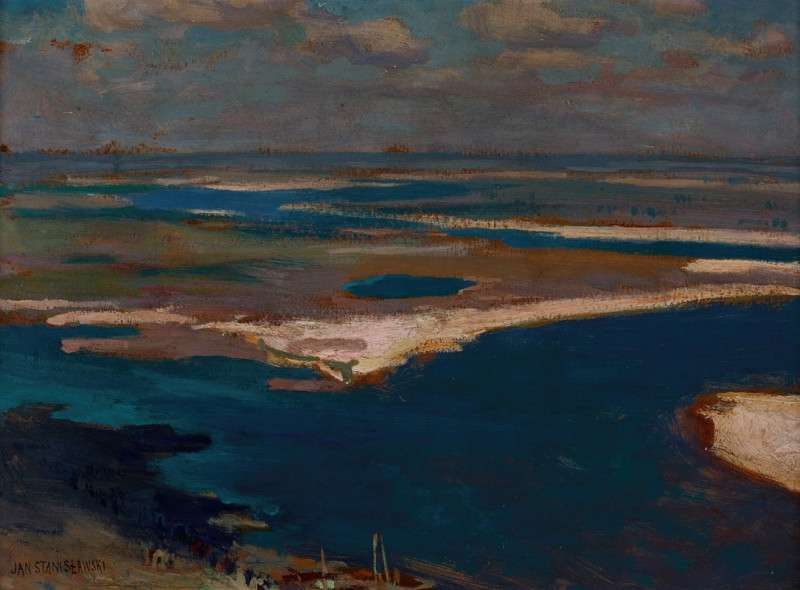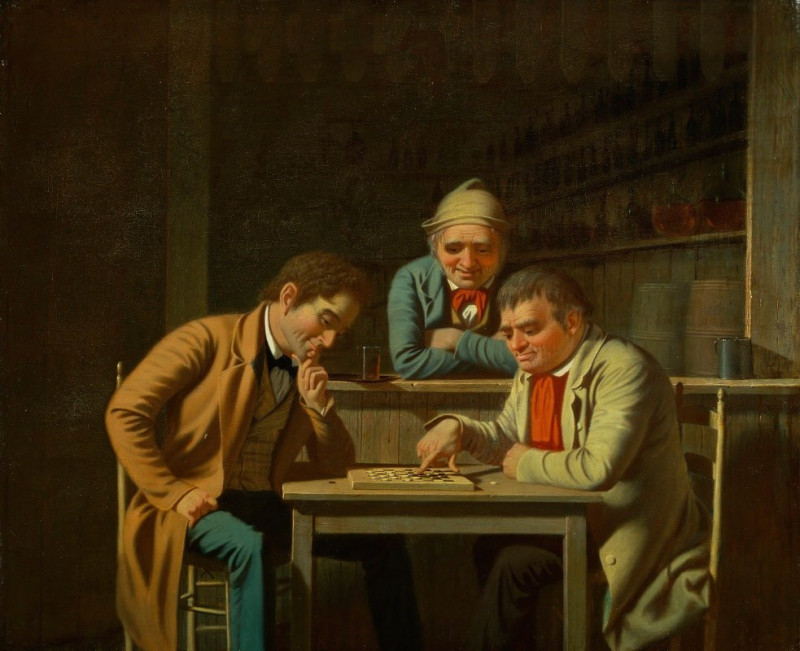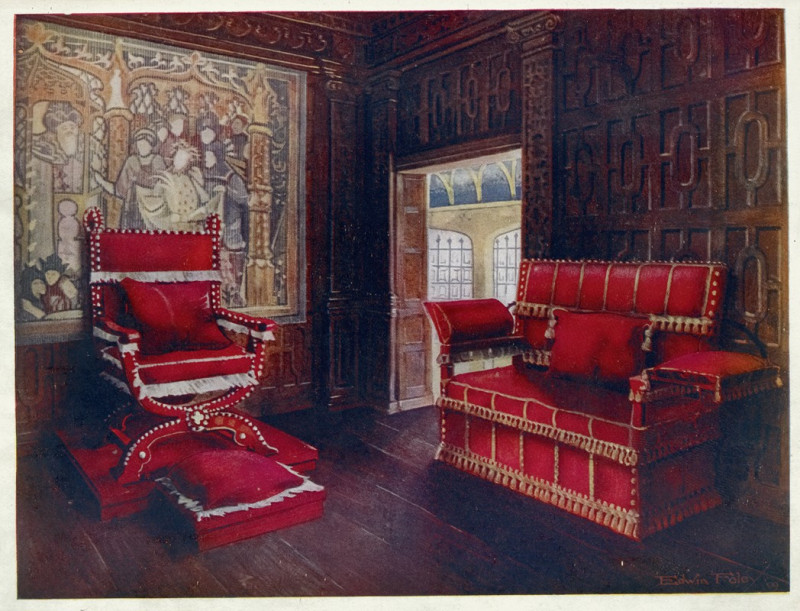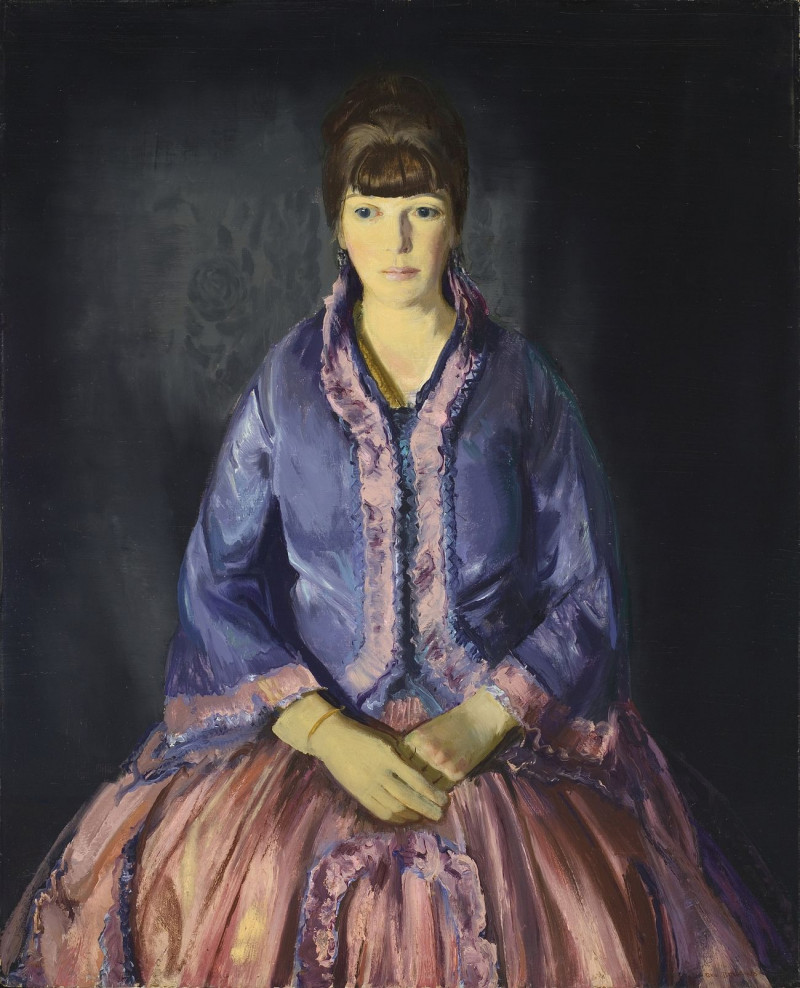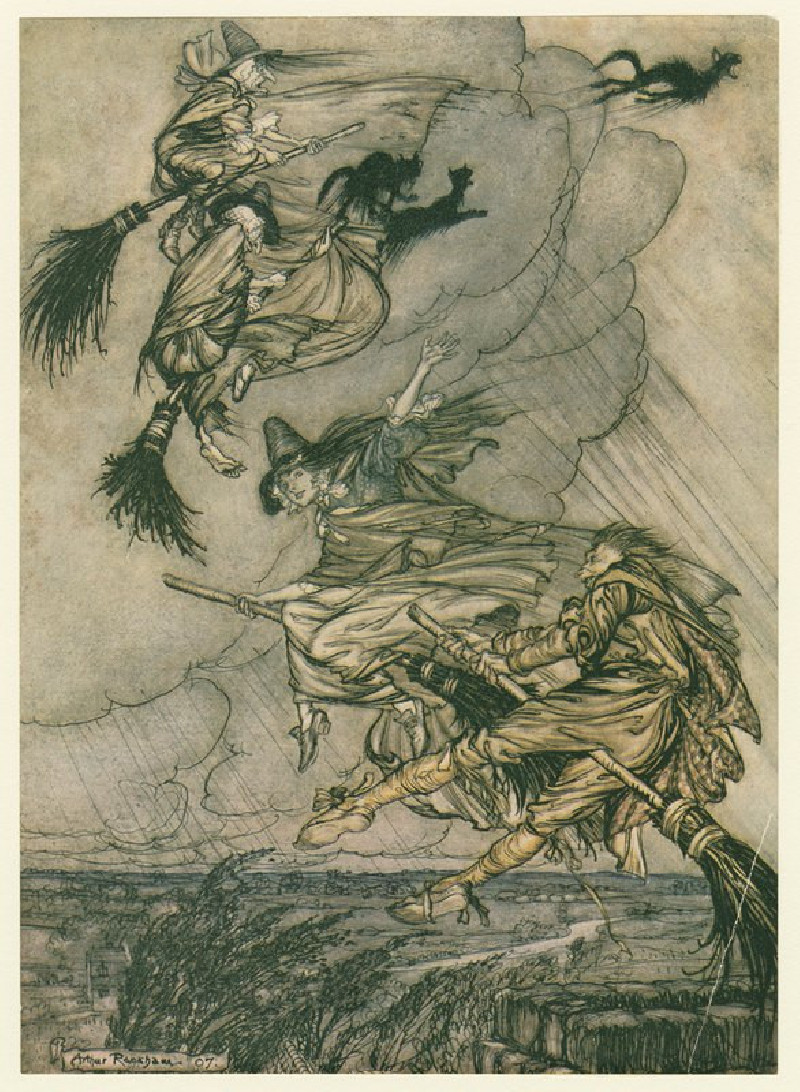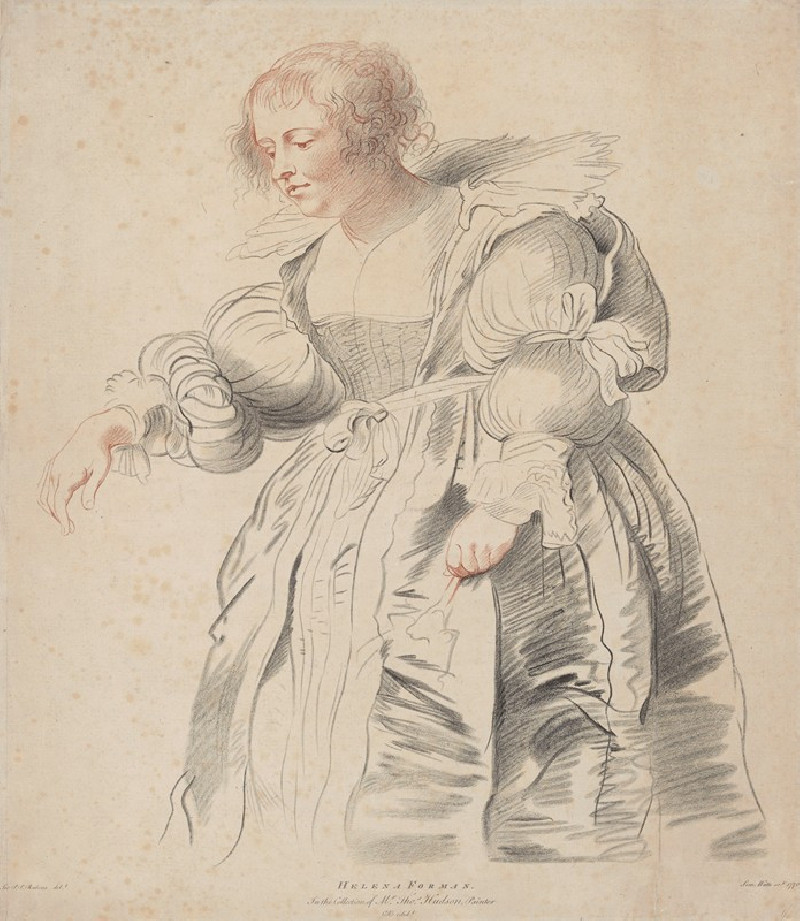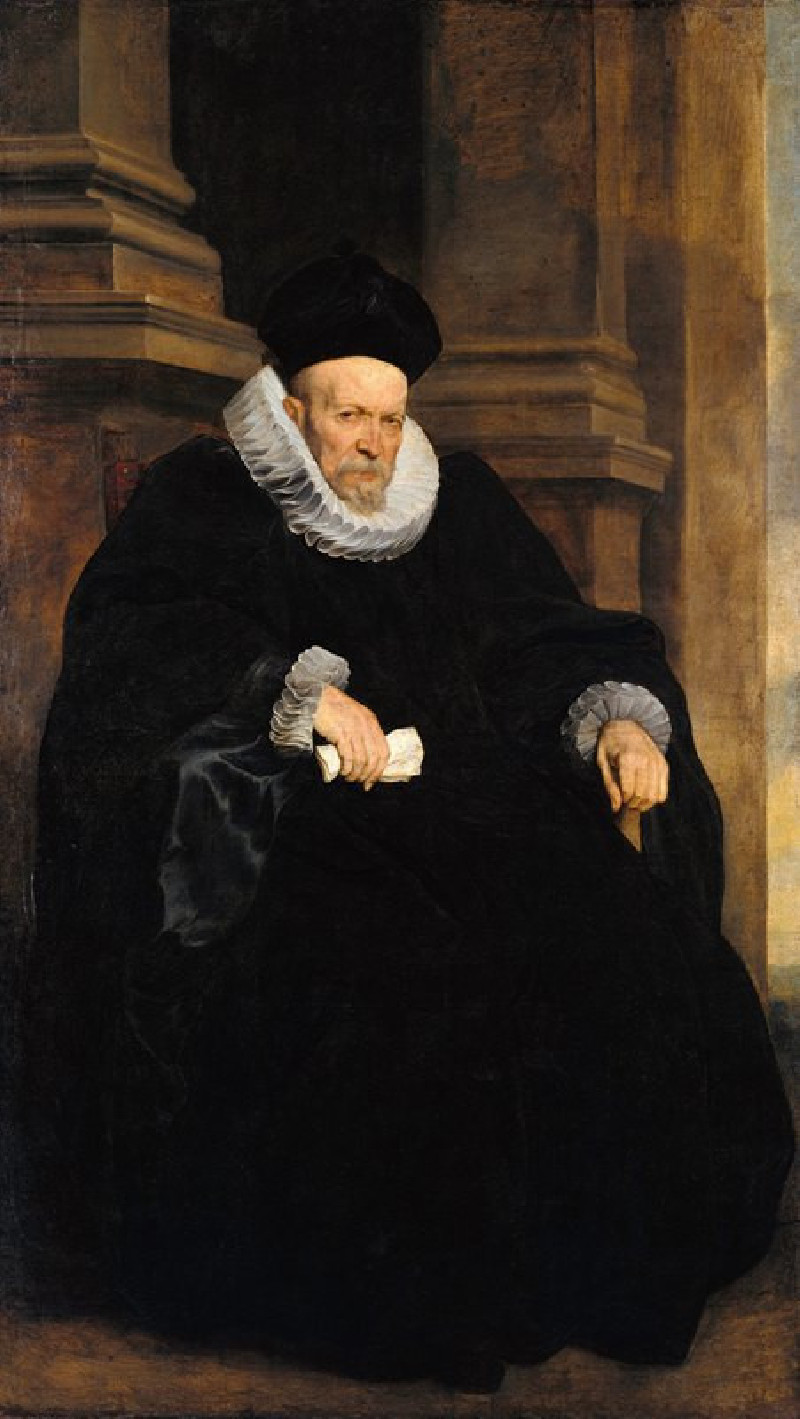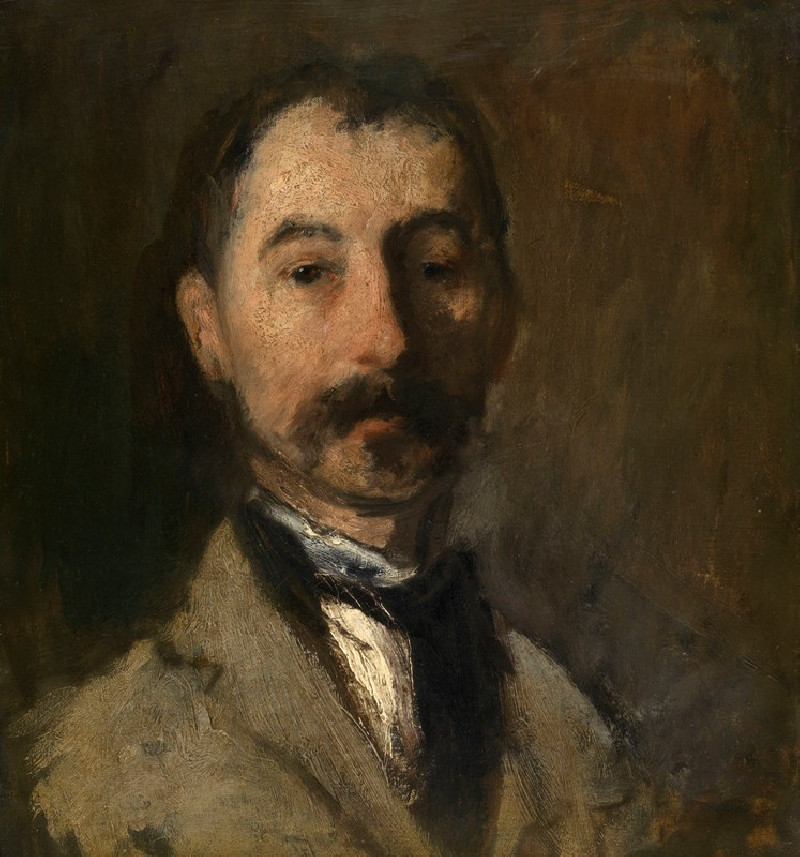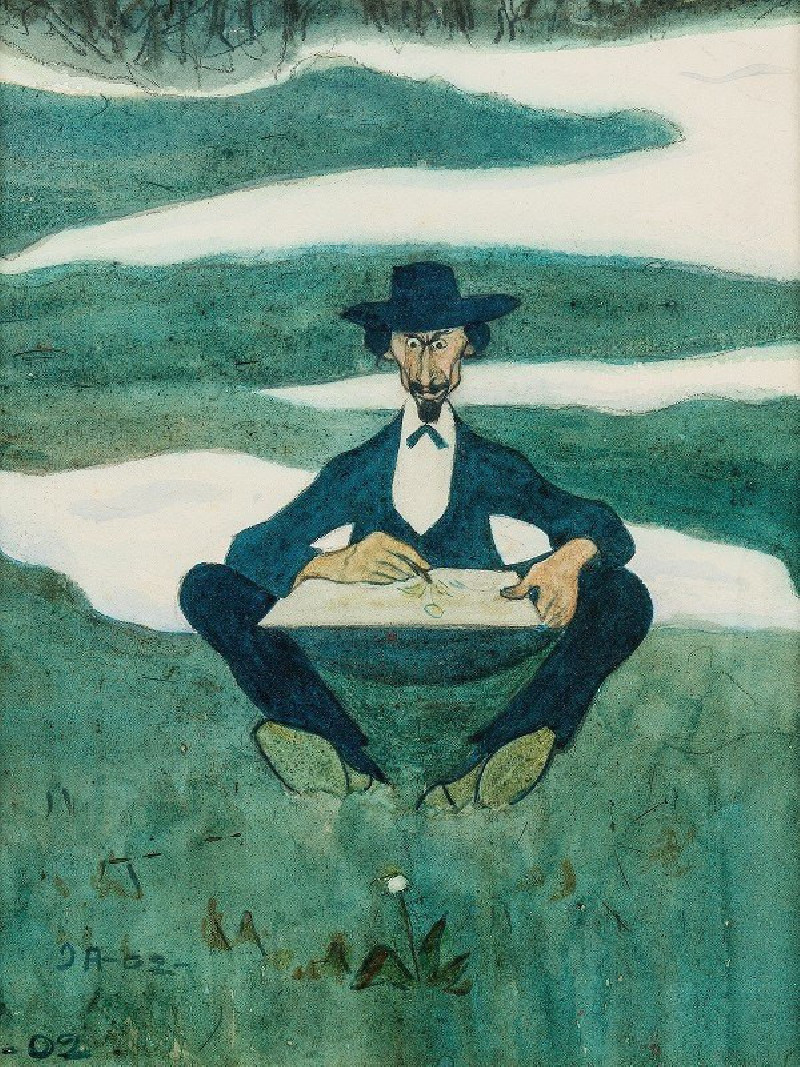Mäda Primavesi (1912–1913)
Technique: Giclée quality print
Recommended by our customers
More about this artwork
"Mäda Primavesi" is a captivating portrait painted by the illustrious Austrian artist Gustav Klimt during 1912-1913. The painting showcases Klimt's unique style and his exceptional ability to blend reality with artistic fantasy.The artwork features Mäda Primavesi, the nine-year-old daughter of industrialist Otto Primavesi and his wife, Eugenia. She stands confidently in the center of the canvas, depicted with a regal poise that belies her young age. Mäda's straight gaze and calm demeanor bring a commanding presence to the painting, a testament to Klimt's skill at capturing the personality and essence of his subjects.Mäda is dressed in a flowing white dress adorned with vibrant floral ornaments that add a splash of color and vivacity to her attire. Around her waist, a garland of vivid flowers enhances the youthful and lively character of her ensemble. The dress itself, rendered with a detailed, ruffled texture, contrasts beautifully with the simpler, soft background.The background is an ethereal blend of lavender and light blues, interspersed with floral motifs that echo the decorations on Mäda’s dress. This choice of colors and patterns symbolizes a world of fantasy and childhood innocence.Overall, "Mäda Primavesi" is not just a portrait but a narrative of youth, confidence, and the intersection of reality with the lush imaginings of Klimt’s artistic vision. It reflects the artist's hallmark of ornamental richness and the profound depth with which he viewed his subjects.
Delivery
Returns
Gustav Klimt (1862–1918) was one of the greatest Austrian symbolist painters of the Art Nouveau era. Renowned as one of the most prominent founding members, and as a president of the Vienna Art Nouveau movement (Vienna Secession). His works were mainly paintings, murals, and sketches. Marked by his numerous erotic drawings, Klimt's primary subject were female figures, and at one point his work was even criticized as pornographic. Klimt found financial success in his "Golden Phase" with decorative techniques and the prominent use of gold leaf in his paintings.

